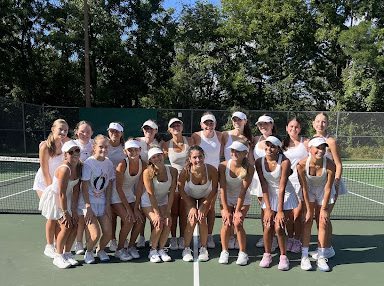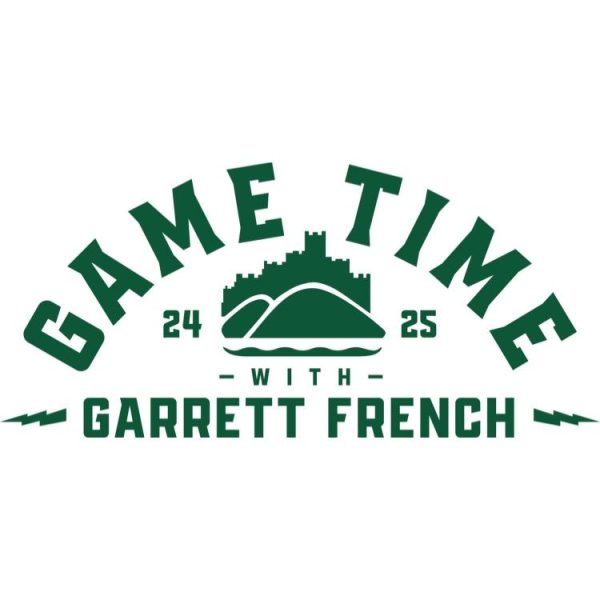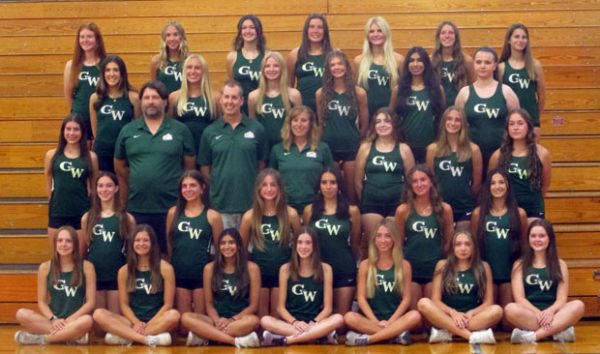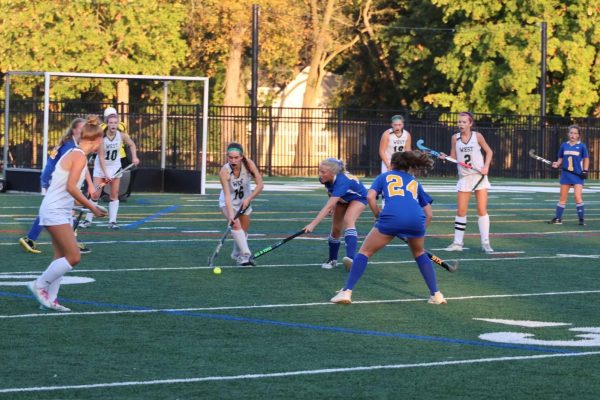How costly are knee injuries to athletes?
Sports are an essential part of popular culture in the lifestyle of Americans and everyone else around the world. Sports are fun to watch and to compete in, however many athletes can develop injuries from these competitions.
There are two types of injuries: short-term and long-term injuries. Many injured athletes undergo physical therapy or surgery, as well as strength training, if the injury requires long-term rehabilitation.
On the other hand, if the injury requires a short-term process, more athletes will be cleared to play more quickly, but they also have the option to just rest out the muscle by putting an ice pack over the wounded area.
A common sports injury is when an athlete tears his or her ACL, which stands for Anterior Cruciate Ligament. The ACL is a ligament that connects the knee joint. The healing process takes about eight to twelve months in order for the athlete to get back in shape.
Even though the ligament can heal during the eight to twelve month process, there is evidence that shows that there is a high risk of osteoarthritis, which is a ligament disease that wears out the flexible tissues at the ends of the spurs that are inside the bone. Follow-up doctor’s appointments are extremely recommended.
Over 150,000 ACL tears occur each year and 500 million dollars are accounted for in health spending each year for these injuries.
It is estimated that 70 percent of the ACL tears happen when athletes perform juke moves, or when they try to fake out another play by moving in a different direction; on the other hand, 30 percent of the ACL injuries happen through collisions on the knee.
Alex Pihlstrom, Glenbard West junior on the varsity football team, describes his experiences with his MCL tear, which stands for medial collateral ligament, which is another ligament in the knee.
Pihlstrom did not go through any rehab process saying, “I came back to playing in about five weeks, but I have to wear a knee brace for support during the games.”
Pihlstrom also said about his knee that it “has gotten better every week and since I did not need surgery I think it is only short term because I don’t really have pain anymore.”
When asked about how he got his injury, Pihlstrom says, “Football and just how every play someone can get hurt and land the wrong way and the way I got hurt was when a fellow teammate fell straight on my knee.”
All athletes should take precautions both on and off the field. If you are injured on the field, make sure to report injuries to your coach and the athletic trainer.




